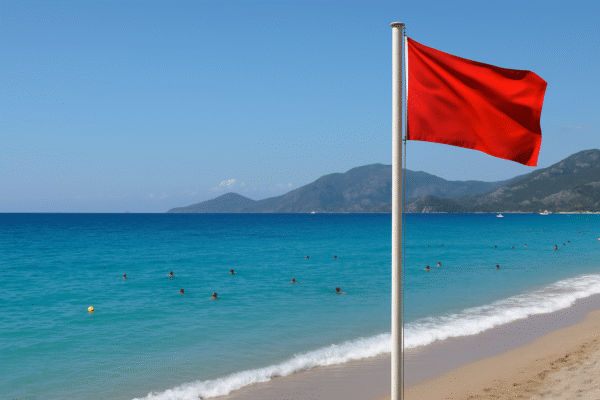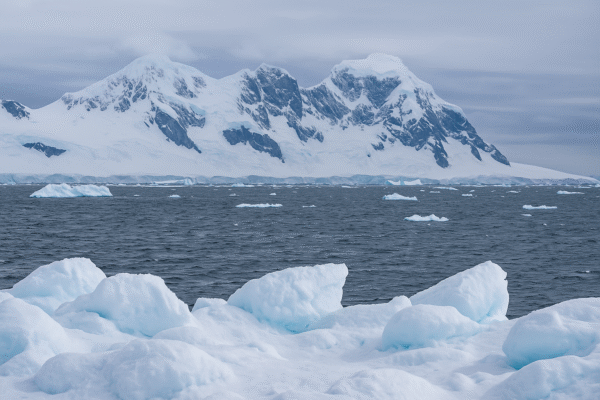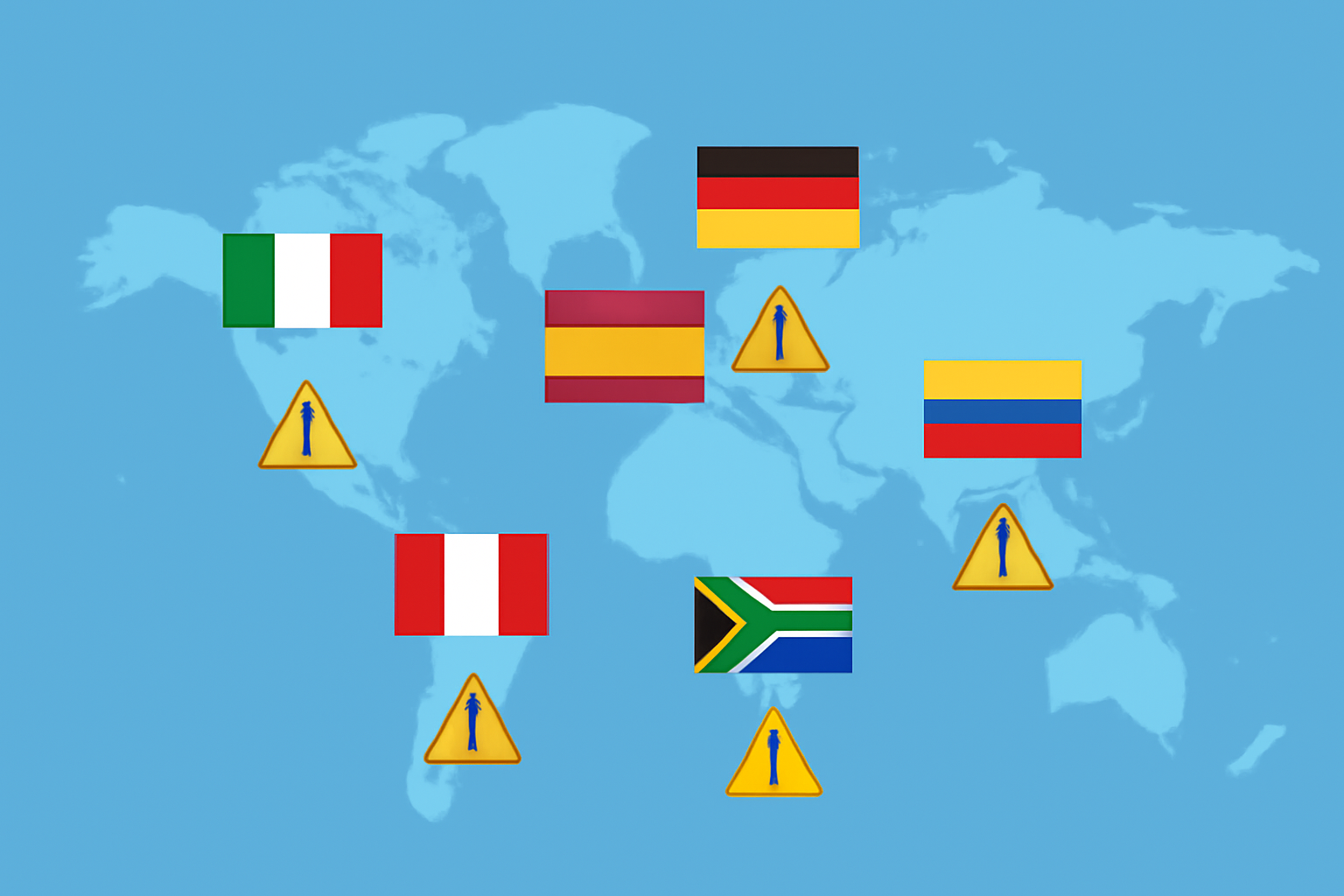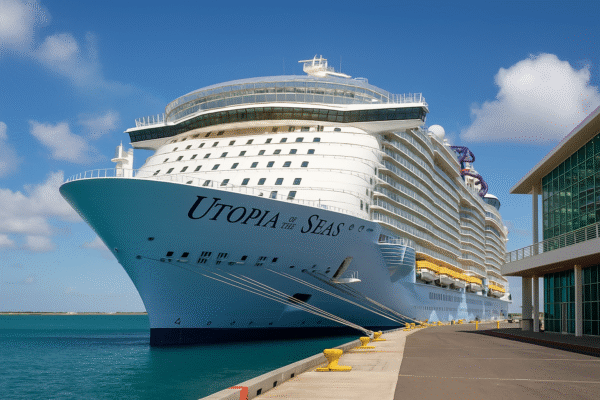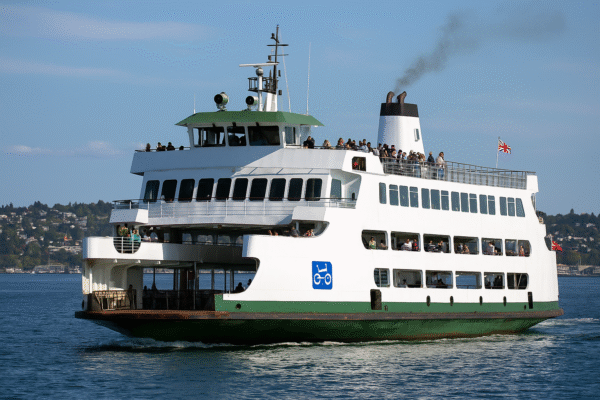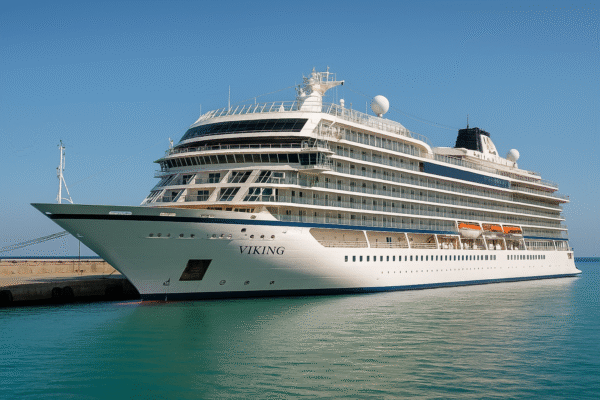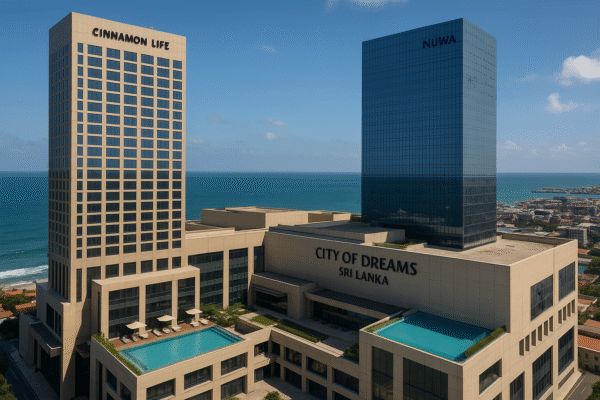In 2025, destinations once celebrated for their beauty—Santorini, Venice, Pattaya, and more—have become emblematic of a global tourism crunch. Soaring visitor numbers are now overwhelming streets, monuments, beaches, and historic centres, prompting urgent calls for action.
Santorini, Greece – The Small Island Struggling with Big Crowds
Santorini continues to enchant visitors with its dramatic cliffs, Aegean views, and whitewashed villages. Yet, that charm comes at a cost: anecdotal reports and tourism data show crowds far exceeding infrastructure capacity—sometimes up to 18,000 cruise ship passengers per day on an island of 15,000 residents. In response, Greece has rolled out a €20 levy for cruise ship passengers during peak summer months and introduced stricter berth caps. Proceeds are allocated to improve infrastructure and environmental protection measures.
Venice, Italy – Historic Elegance Under Tourist Assault
Famous for its canals and Renaissance architecture, Venice faces mounting pressures from mass tourism. Streets and squares are jammed, infrastructure buckles under the weight, and locals voice frustration. In 2025, authorities reintroduced a tiered entry fee for day-trippers, ranging from €5 to €10 during peak periods, to ease congestion and preserve the city’s cultural fabric.
Barcelona, Spain – Vibrant Culture Meets Tourism Fatigue
Barcelona remains vibrant, buzzing with Gaudí’s visionary architecture and Mediterranean energy. But the city grapples with skyrocketing short-term rentals displacing residents and homogenizing neighbourhoods. Officials have ordered removal of thousands of Airbnb listings and plan to phase out short-term rental apartments by 2028 to protect local housing and heritage.
Pattaya & Phuket, Thailand – Density Grows Despite Visitor Drops
Resort cities like Pattaya and Phuket are renowned for their nightlife, beaches, and bustling energy. Despite an overall decline in international arrivals—especially from Chinese tourists—some areas remain densely packed, leading to congestion, stretched amenities, and a diminished visitor experience. Thailand’s delay of a planned tourist entry fee until 2026 highlights the delicate balance between tourism revenue and quality of life for both residents and travellers.
Other European and Global Hotspots
Beyond these headline-makers, cities such as Barcelona, Rome, Capri, and Athens, along with Spain’s Canary and Balearic Islands, face overwhelming visitor flows in 2025. Greece has deployed desalination plants and water tankers to meet demand on drier islands, while ride-hailing apps offer helicopter or boat alternatives along the Amalfi Coast to divert crowds.
Why It Matters – The Toll of Overtourism
Overcrowded destinations are not just a nuisance—they strain infrastructure, inflate prices, erode cultural authenticity, and destabilize ecosystems. Local communities bear the brunt: housing shortages, commercialization, and loss of traditional lifestyle become everyday challenges. Tourists, in turn, contend with long lines, traffic jams, and a diluted sense of discovery.
Actions Taken – Balancing Growth with Preservation
Governments and local authorities are deploying a spectrum of strategies to manage visitor pressure:
- Cruise Levies & Dock Control: Greece’s new €20 cruise-visitor tax and berth caps aim to spread arrivals and fund island resilience.
- Entry-Ticketing Mechanisms: Venice’s tiered peak-season fees help regulate daily visitor volume.
- Short-Term Rental Restrictions: Cities like Barcelona are curbing Airbnb and similar platforms to safeguard residential communities and cultural identity.
- Infrastructure Investments: From desalination systems in Greece to AI-enabled ticketing in Italy, cities are modernizing to ease overload.
- Alternative Economy Promotion: Emphasizing quality over quantity, some regions are courting high-spending, low-footprint visitors rather than sheer volume.
Travel Smart: Your 2025 Guide to Enjoying Destinations Responsibly
If you’re planning a getaway in 2025, consider these smart moves:
- Go Off-Season: Visiting during shoulder months can drastically improve comfort and access.
- Seek Alternatives: Instead of Santorini, explore tranquil gems like Çeşme in Turkey. Norway’s fjords, Portugal’s countryside, or Greece’s lesser-known isles offer serenity with charm intact.
- Support Sustainable Options: Choose accommodations and activities that reinvest in local environments and economies.
- Plan Ahead: Booking tickets and accommodations early avoids jams and supports crowd management systems like timed entry.
Final Thought
Overcrowded tourism is reshaping how—and where—we travel. While destinations like Santorini, Venice, and Pattaya remain alluring, their magic is being tested by sheer numbers. The silver lining? Authorities are adapting with thoughtful reforms, and travellers increasingly favour responsible, off-the-beaten-path experiences. With smart planning and sustainable choices, the spirit of discovery can thrive—without sacrificing the places we love.
For more travel news like this, keep reading Global Travel Wire



